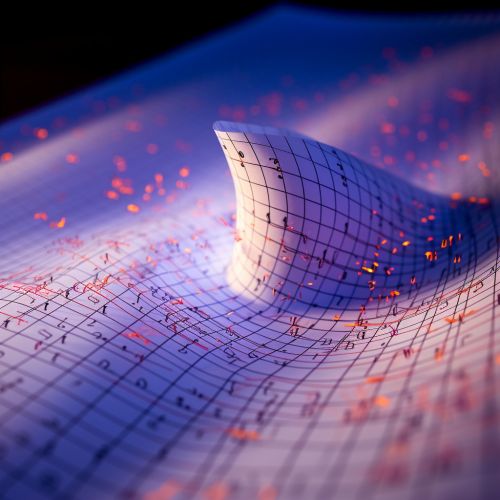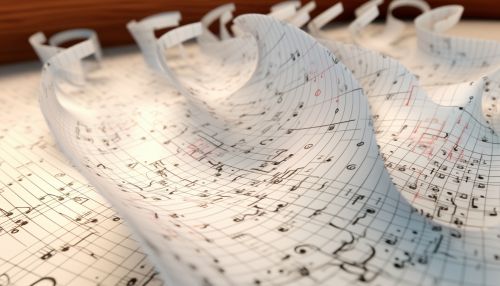Euler Equations (fluid dynamics)
Introduction
The Euler equations, named after Swiss mathematician Leonhard Euler, are a set of equations that describe the motion of inviscid fluids. These equations are fundamental to the field of fluid dynamics, a branch of physics that studies the behavior of fluids, both liquids and gases, in motion.
Mathematical Formulation
The Euler equations are derived from Newton's second law, which states that the force acting on a body is equal to the mass of the body times its acceleration. In the context of fluid dynamics, this law is applied to a small volume of fluid, referred to as a fluid element.
The Euler equations are written in terms of the fluid velocity field, which is a vector field that assigns to each point in the fluid the velocity of the fluid at that point. The equations are given by:
∂u/∂t + (u.∇)u = -1/ρ ∇p
where u is the fluid velocity, ρ is the fluid density, p is the pressure, and ∇ is the gradient operator. This equation represents the conservation of momentum in the fluid.
The Euler equations also include an equation for the conservation of mass, also known as the continuity equation:
∂ρ/∂t + ∇.(ρu) = 0
These equations together form a system of partial differential equations that must be solved to determine the motion of the fluid.


Assumptions and Limitations
The Euler equations make several assumptions about the fluid being modeled. First, the fluid is assumed to be inviscid, meaning it has no viscosity. This is a simplifying assumption that makes the equations easier to solve, but it is not accurate for all fluids. For example, the Euler equations do not accurately describe the behavior of highly viscous fluids like honey or oil.
Second, the Euler equations assume that the fluid is incompressible, meaning its density does not change with pressure. This assumption is valid for liquids, which are nearly incompressible, but not for gases, which are highly compressible.
Finally, the Euler equations assume that the fluid is isentropic, meaning its entropy remains constant. This assumption is valid for adiabatic processes, in which no heat is transferred into or out of the fluid.
Despite these limitations, the Euler equations are widely used in fluid dynamics because they are relatively simple and can provide a good approximation of fluid behavior under certain conditions.
Numerical Solutions
The Euler equations are a system of nonlinear partial differential equations, which are generally difficult to solve analytically. Therefore, numerical methods are often used to solve these equations.
One common method for solving the Euler equations is the finite volume method, which divides the fluid into a finite number of small volumes and approximates the equations on these volumes. Other methods include the finite difference method and the finite element method.
Numerical solutions of the Euler equations are used in a wide range of applications, from predicting the weather to designing aircraft.
Applications
The Euler equations are used in many areas of physics and engineering to model the behavior of fluids. Some of the main applications include:
- Aerodynamics: The Euler equations are used to predict the flow of air over an aircraft wing, which is crucial for determining the lift and drag forces on the wing.
- Meteorology: The equations are used in numerical weather prediction to model the motion of the atmosphere.
- Oceanography: The Euler equations are used to model the motion of the ocean, including the formation of waves and currents.
- Astrophysics: The equations are used to model the behavior of gases in stars and galaxies.
Despite their limitations, the Euler equations are a powerful tool in the study of fluid dynamics, and they continue to be used in many areas of research and industry.
